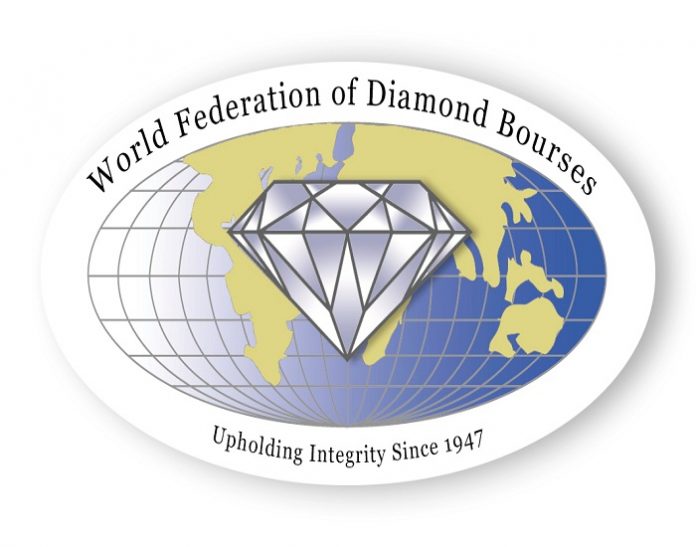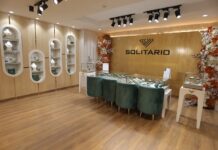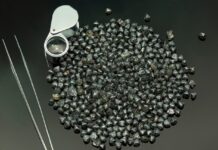The revised U.S. Federal Trade Commission’s (FTC) guidelines released this week as they relate to the issue of descriptors for diamonds “are not in line with the Diamond Terminology Guidelines as agreed upon last year” by leading industry bodies, Ernie Blom, President of the World Federation of Diamond Bourses (WFDB) said in a statement issued last week.
Industry organisations including the WFDB, the International Diamond Council, the International Diamond Manufacturers Association, CIBJO, the World Jewellery Confederation, GJEPC and others had agreed to, and implemented, a framework for terminology to refer to natural and synthetic or lab- grown diamonds.
While pointing out that the new FTC guides do require that all lab-grown diamonds must be clearly and conspicuously disclosed, Blom added, “We have a united stand regarding nomenclature which was agreed with all the combined knowledge and experience of the leading industry bodies, but the FTC appears to have moved in a different direction.”
It may be recalled that last week, the US FTC has amended its Jewelry Guides and had removed the word natural from its official definition of a diamond, stating, “When the commission first used this definition in 1956, there was only one type of diamond product on the market—natural stones mined from the earth. Since then, technological advances have made it possible to create diamonds in a laboratory. These stones have essentially the same optical, physical, and chemical properties as mined diamonds. Thus, they are diamonds.”
In educational material issued for the industry, the Jewelers Vigilance Committee, a body that advises US jewellers on compliance and other issues has pointed out that while the word ‘natural’ was removed from the essential definition of a diamond, the FTC still requires that terms like laboratory-created, laboratory-grown, [manufacturer name]-created, or by some other word or phrase of “like meaning” must be used alongside the word diamond and “with equal conspicuousness” while marketing such products.
Blom stated that this might provide “too much latitude” in the marketing claims used by lab-grown manufacturers, and said that “the revision has the potential to cause a degree of confusion” among consumers.
He added, “We appreciate that the FTC rejected a bid by diamond growers to include terms such as [manufacturer-name]-grown, foundry, created, and grown. These are stones created to order in a factory. We are also pleased that the FTC makes clear that any descriptors for non-mined diamonds must be absolutely clear and prominently displayed to consumers. A diamond sold without any descriptors must be a natural diamond.”
Blom concluded that these changes “provide too much of a bias towards the lab-grown diamond sector” and that he hopes the door is still open “for us to go back and approach the FTC in order to try and persuade the organization to re-think its decision”.
News Source : gjepc.org
Disclaimer: This information has been collected through secondary research and TJM Media Pvt Ltd. is not responsible for any errors in the same.




























